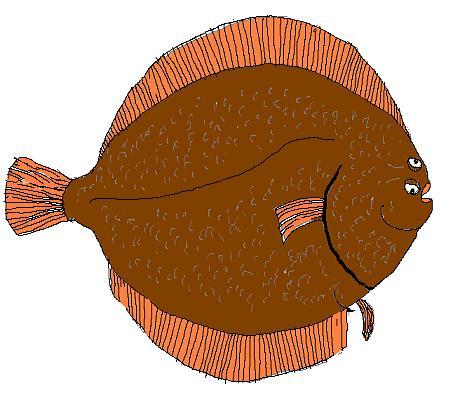
Tip 2: straight back with the king
(Note: only the first move is given, but it's important to know why it is the best.)
In the position, white has three legal moves. Only Ke1 draws. After Ke1, black cannot make progress except by trying to move the king forwards. But after 1. Ke1 Kd3 2. Kd1 Ke4 3. Ke2 Kf4, has black indeed made progress? No! How does white draw now?
Again, the answer is: go straight back. But 4. Kf1 (or indeed 4. Kd1?? or 4. Kd3??) would be a terrible blunder, because after 4. ... Kf3 5. Ke1 e2 6. Kd2 Kf2, white is lost. But after 4. Ke1, black has nothing better than 4. ... Kf3 5. Kf1 e2+ 6. Ke1 Ke3 stalemate.
These two rules can be easily remembered: go straight back! Sounds so easy, doesn't it? But when you are down to your last five seconds, sometimes instinct takes over and causes you to play a weaker move. If you do this, you need to make sure that you replace your instincts by other, better, instincts!
Here is the final position of a game which was played a few days ago between Ramirez and Kamsky in the US championship playoff. Ramirez ended the game with a nice stalemate trick. Let's think about what would have happened next if Kamsky (black) had carried on.
Suppose black had played 1. ... Kf4. Are you absolutely sure you know how to draw this position as white? What should you be aiming for?
Actually I am pretty sure that there is more than one way to draw. But there are ways to lose, too. A nice clear draw is achieved by playing 2. Rg8! The point is that white can check black's king from behind, over and over again. Black can also give checks on b1 and b2, but white can shuffle his king between f1 and f2, and the pawn will never queen. But there is one try for black. He can use his rook to block the checks from the white rook. Will it work?
No! Whether black plays Kg4 or Kf4 at the end, we already know that we can draw this position as white. White could have kept the rooks on and it would still have been a draw, but we know that he doesn't have to bother.
Endgames will never be easy, but that's as true for our opponents as it is for us. Having positions like this to fall back on makes endgames so much less scary! Once you reach the position at the top of this post, you know you have a draw. It is a little short cut which means you have to calculate a little less.